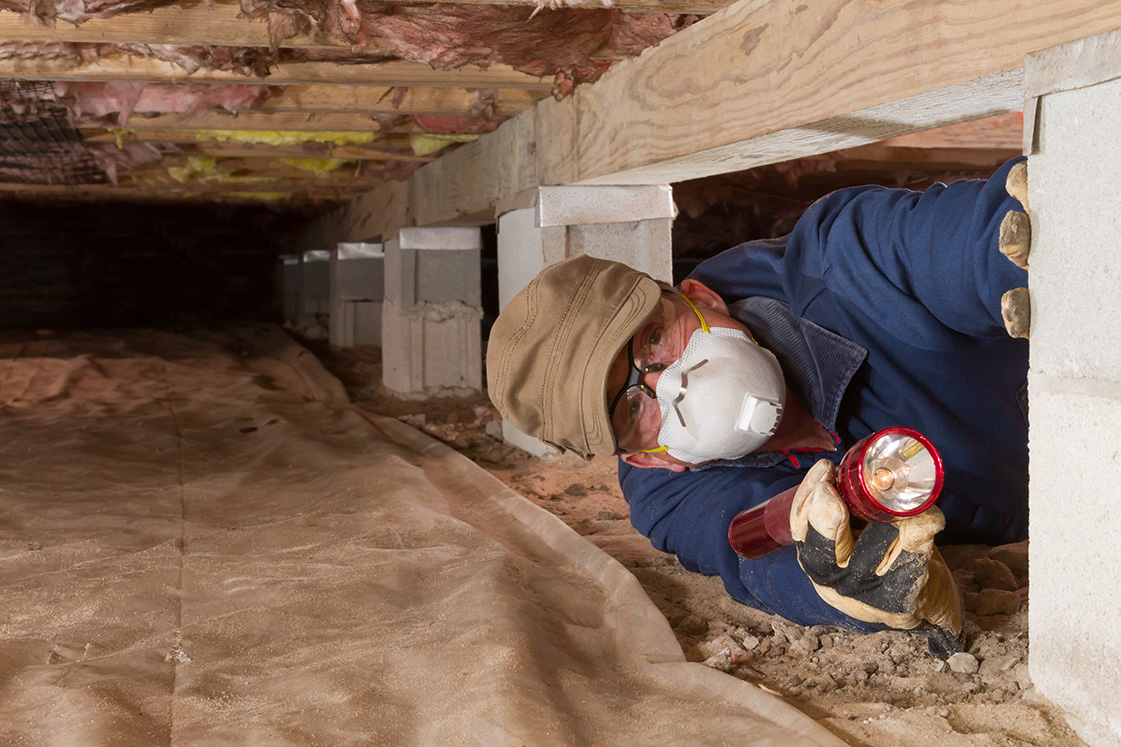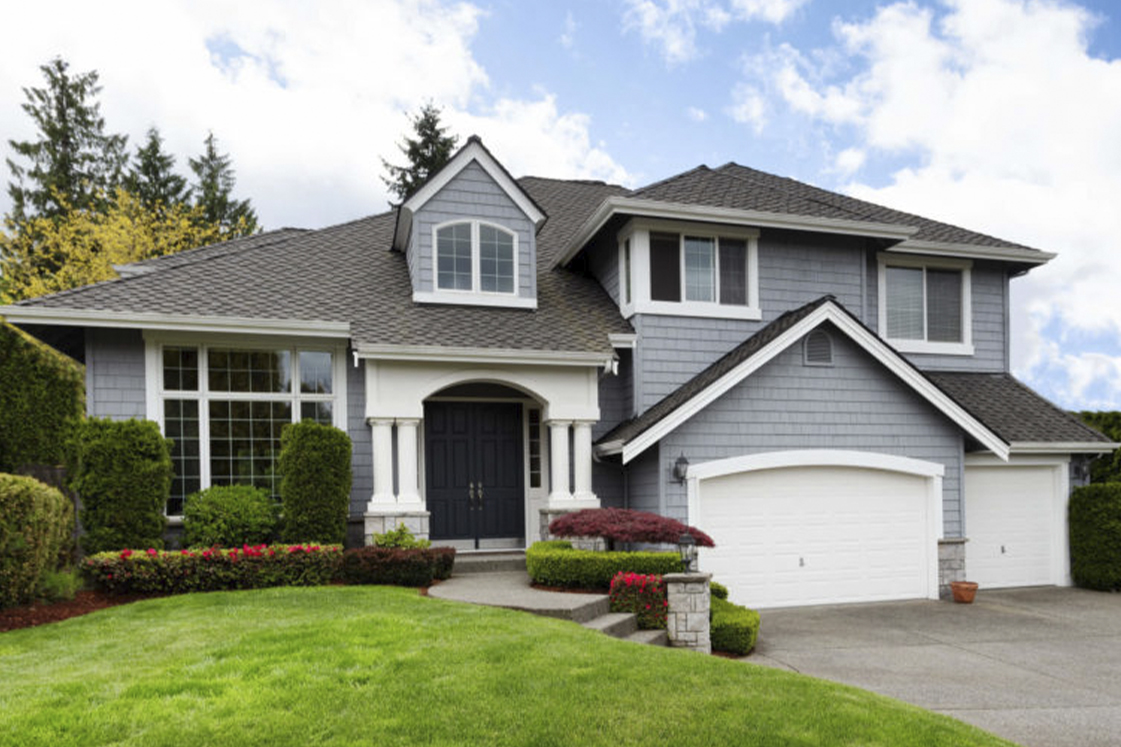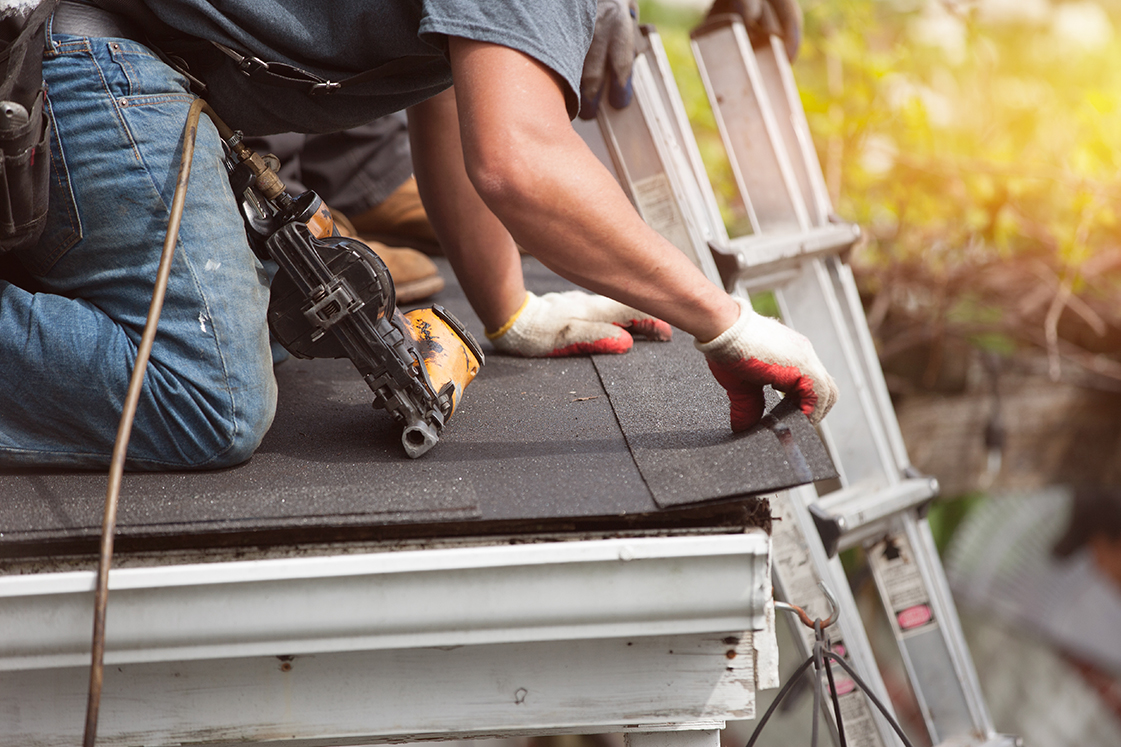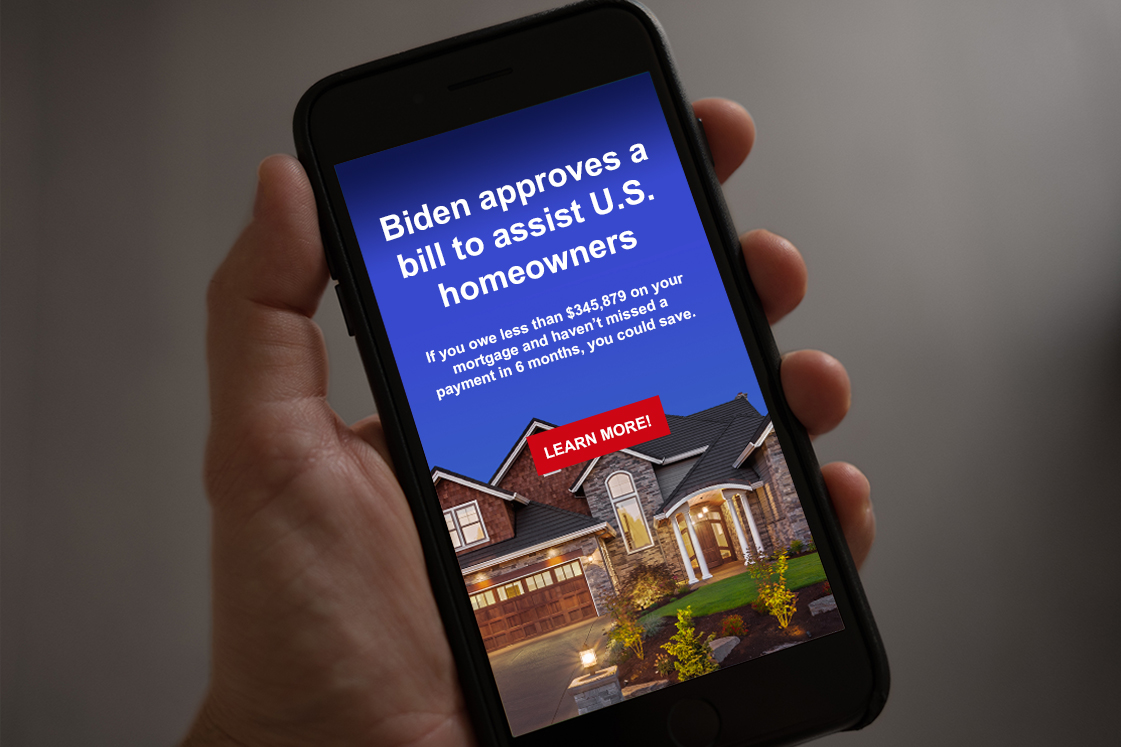What is a mortgage refinance?
A mortgage refinance is a process of replacing the terms of an existing mortgage. Most often, homeowners use a refinance to take advantage of better interest rates so they can lower their monthly payments. But they can also refinance to change the type of loan, adjust the length of the loan, or take out cash from their home’s equity.
How does a refinance work?
The process usually starts with the borrower working with their loan officer to select a new loan that will give them the terms they need. The borrower then completes the application process for the new loan. Next, the mortgage underwriters review the refinance loan application and determine whether the borrower’s payment history, credit, income, employment, assets, and cash reserves make it likely they will pay back the loan. If the loan is approved, the borrower would close on the loan, the funds would be used to pay off the original mortgage, and the borrower will make monthly payments to pay off the refinance amount (with, hopefully, more favorable terms than the original).
When to consider refinancing
Get a better interest rate. As a homeowner builds equity in their home, they may have access to better mortgage options. As interest rates lower, homeowners can save hundreds of dollars per month by refinancing.
Pay off a mortgage sooner. If a homeowner can make larger payments, they may consider refinancing to shorten the term of their loan. This may be an especially smart option if interest rates have dropped since they can take advantage of the interest rate savings to lessen the cost of the reduced number of mortgage payments.
Get a different type of loan. Borrowers with an adjustable-rate loan may want to refinance to a fixed-rate mortgage. Though they often have higher interest rates (especially compared to the first few years of an adjustable-rate loan), they’re stable. And it’s easier to plan for your financial future knowing exactly how much you’ll be paying each month. If interest rates fall to a new low, it might be worthwhile to lock in a low rate for the full term of your mortgage.
If homeowner has 20% equity in their home, they may want to refinance out of a loan that requires mortgage insurance premiums to a conventional loan (which doesn’t require it for borrowers with a 20% down payment). This strategy could save the borrower from having to pay any extra for the insurance premiums.
Get cash. A cash-out refinance replaces an old mortgage with a new loan for a larger amount. The borrower can keep the difference in cash to use for home renovations, pay down high-interest debt, or fund a large purchase. When interest rates are low, this may be a great option to pay for items that would typically be financed through a higher-interest loan (like a credit card).
How much does it cost?
If your refinance is approved, you’ll pay fees when the loan closes. Typical fees include the cost for origination, credit report, home appraisal, home inspection, title search, recording, and reconveyance fee. All total, the closing costs are around 2% to 5% of the total loan amount.
A borrower will have to consider the cost to refinance before they decide whether it’s a good financial option for them. Refinancing for a lower rate is great for homeowners who plan to stay in their house for many years. For borrowers that are considering moving, it may cost more to close on the refinance than they would save in the short amount of time they’ll be in their home.
How many times can a borrower refinance?
Legally, a borrower could do it as often as they wanted. But a mortgage lender will likely have their own rules around how often it can be done.
Should you refinance?
If you’re wondering whether you should refinance, talk to your local Mann Mortgage loan officer. It’s a complex financial transaction, and you’ll want an expert to crunch the numbers, go over closing costs, and together decide whether now is the right time for you to refinance. Learn more about refinancing at mannmortgage.com/refinance.









